Germany
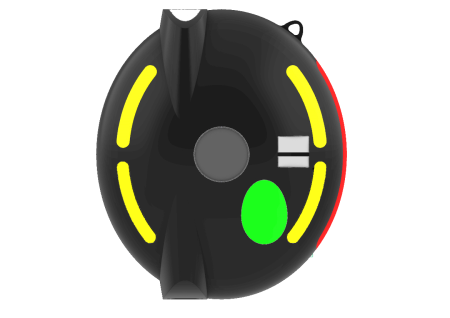
Friday, April 4, 2025
In 2022, 2.017 fatalities happened in the EU where cyclists have been involved representing 10% of all road fatalities.
More than 60% of all accidents between motor vehicles and bicycles occur when turning and crossing because bicycles are not illuminated from the side and the modern front and rear lights fitted emit a very focussed light that cannot be seen from the side.
The side reflectors, which are also mandatory, are only visible when they are illuminated.
For these reasons, both in bad weather and in the dark, bicycles are difficult or impossible to see from the side and are therefore often not noticed when they pass a car on the right-hand side, for example in front of traffic lights.
Bicycles are also difficult to recognise when crossing a road with oncoming traffic, as the multi-LED lights used on motor vehicles today shine much brighter than previous headlights.
Another problem is that car drivers do not keep the required minimum distance. Either because they are unable to judge the correct minimum distance or because they do not recognise bicycles in the dark.
Similarly, motorists are not made aware when they fall below the minimum distance and are therefore unable to react.
Intelligent, reactive lighting systems for bicycles are therefore needed in urban traffic to indicate to motorists the minimum distance to be maintained, warn them if the minimum distance is not observed and provide permanent side lighting for the bicycle.
More than 60% of all accidents between motor vehicles and bicycles occur when turning and crossing because bicycles are not illuminated from the side and the modern front and rear lights fitted emit a very focussed light that cannot be seen from the side.
The side reflectors, which are also mandatory, are only visible when they are illuminated.
For these reasons, both in bad weather and in the dark, bicycles are difficult or impossible to see from the side and are therefore often not noticed when they pass a car on the right-hand side, for example in front of traffic lights.
Bicycles are also difficult to recognise when crossing a road with oncoming traffic, as the multi-LED lights used on motor vehicles today shine much brighter than previous headlights.
Another problem is that car drivers do not keep the required minimum distance. Either because they are unable to judge the correct minimum distance or because they do not recognise bicycles in the dark.
Similarly, motorists are not made aware when they fall below the minimum distance and are therefore unable to react.
Intelligent, reactive lighting systems for bicycles are therefore needed in urban traffic to indicate to motorists the minimum distance to be maintained, warn them if the minimum distance is not observed and provide permanent side lighting for the bicycle.

Monday, June 17, 2024
From July 2024, stricter EU regulations (GSR II) will come into force for all newly registered trucks and buses. Most of these also apply to city buses. An important exception in GSR II is the emergency braking assistance system, which is not mandatory for buses with unprotected standing and seated passengers. For this type of city bus, ZF has developed a brake assistance system that reduces the consequences of a possible collision. It contains a braking cascade which starts with a first braking pulse which enables sufficient reaction time for standing passengers in order to prepare for the actual braking maneuver, for example by holding and/or a compensating step. The deceleration is then raised to a conservatively selected value which is still controllable for standing passengers and at the same time represents a satisfactory balance with the desired reduction in the vehicle speed and the reduction in the severity of the collision. The Collision Mitigation System (CMS) protects both passengers and vulnerable road users and enables a safer urban public transport.
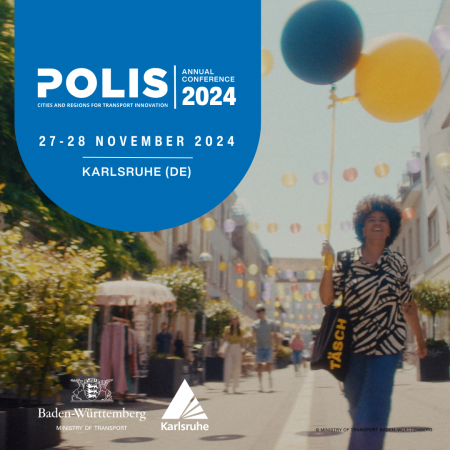
27 November 2024 09:00 – 28 November 2024 09:00
Messe Karlsruhe
Germany
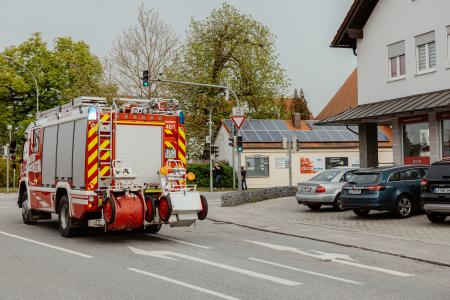
Friday, June 14, 2024
Vulnerable road users (VRUs), including pedestrians and cyclists face several significant road safety challenges, especially at the intersections and crosswalks. Poorly designed or marked crosswalks, inappropriate traffic light planning and lack of pedestrian priority measures contribute to higher risks. More particularly, many intersections do not give sufficient priority to pedestrian or cyclists. Short crossing times, lack of adequate pedestrian requests, lack of dedicated pedestrian phases, lack of information providing to the VRUs, and insufficient waiting areas at intersections increase the risk of accidents and put in jeopardy the safe crossing of the intersection. Examining the accidents in intersections has revealed that one of the situations with high accident risk is when a vehicle is performing a right turn at the intersection while a cyclist or pedestrian is crossing the road straight and is at the blind spot of the driver.
Furthermore, the approaching and crossing of an intersection by an emergency vehicle using only the alarm is a critical safety situation for different groups of road users. Firstly, emergency vehicles are facing critical and dangerous situations while getting to the emergency scene time, since drivers do not react immediately to make space and in front of red traffic lights, many drivers wait for "green" instead of carefully crossing the stop line and making room for it. In addition, the vulnerable road users could also be exposed to danger in this scenario. For example, a pedestrian may not be paying attention and hear the alarm too late or it could be a hearing impaired person.
Furthermore, the approaching and crossing of an intersection by an emergency vehicle using only the alarm is a critical safety situation for different groups of road users. Firstly, emergency vehicles are facing critical and dangerous situations while getting to the emergency scene time, since drivers do not react immediately to make space and in front of red traffic lights, many drivers wait for "green" instead of carefully crossing the stop line and making room for it. In addition, the vulnerable road users could also be exposed to danger in this scenario. For example, a pedestrian may not be paying attention and hear the alarm too late or it could be a hearing impaired person.
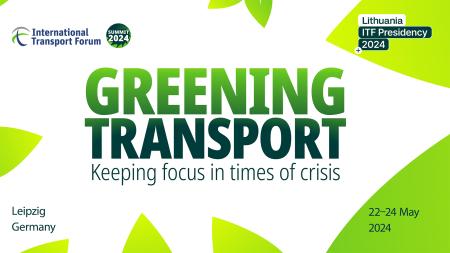
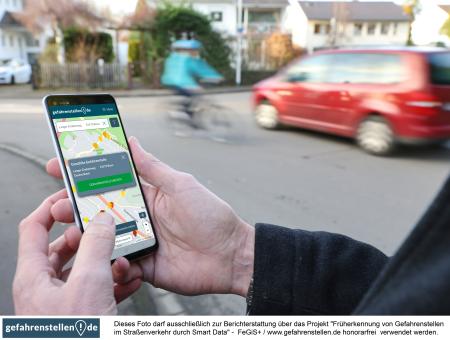
Sunday, June 5, 2022
In today’s digital age, more and more data is collected every day in the field of transportation. Still, authorities solely rely on historical traffic accident data to detect black spots. This leads to the shortcoming that accidents must happen before measures are taken. Additionally, in relation to a specific location on the traffic network, traffic accidents are rare events. Thus, for credibly evaluating the safety of a road element, several years of traffic accident data are needed. As a result, road users are put at an unnecessary risk if measurements are taken too late. There is therefore an urgent need to take new paths in the field of road safety analysis. Our EDDA+ road hazard map detects potential dangers in road traffic at an early stage by combining existing safety-relevant data with new data sources.

Tuesday, May 31, 2022
Urban mobility is not gender-neutral. Public and shared transport often fails to accommodate the diverse and complex mobility needs of women. Men in the UK continue to make twice as many cycle trips compared to women . We see this pattern emerging in new forms of micromobility too, like escooters, but not everywhere and we need to identify what broader factors are negatively affecting uptake. Our ridership profile in the Nordics is close to even between women and men, all countries with longer histories of gender inclusion, suggesting micromobility may not be the challenge to increased adoption. TIER is committed to understanding how micromobility innovation can respond to barriers that prevent women from moving freely in cities, and to develop and share best practices across the 500+ cities we operate in. To change mobility for good, and understand the mobility needs of women, TIER partnered with Safe & the City to conduct a multi-regional study of 403 women in the UK and 411 women in Berlin. Note that this study is part of a broader shift within TIER, including Women of TIER, which strives for a diverse and inclusive workplace and industry by showcasing female role models and a DEI strategy to improve representation at all levels of our business so it too reflects a more inclusive rider base.

Tuesday, May 31, 2022
Urban mobility is not gender-neutral. Public and shared transport often fails to accommodate the diverse and complex mobility needs of women. Men in the UK continue to make twice as many cycle trips compared to women . We see this pattern emerging in new forms of micromobility too, like escooters, but not everywhere and we need to identify what broader factors are negatively affecting uptake. Our ridership profile in the Nordics is close to even between women and men, all countries with longer histories of gender inclusion, suggesting micromobility may not be the challenge to increased adoption. TIER is committed to understanding how micromobility innovation can respond to barriers that prevent women from moving freely in cities, and to develop and share best practices across the 500+ cities we operate in. To change mobility for good, and understand the mobility needs of women, TIER partnered with Safe & the City to conduct a multi-regional study of 403 women in the UK and 411 women in Berlin. Note that this study is part of a broader shift within TIER, including Women of TIER, which strives for a diverse and inclusive workplace and industry by showcasing female role models and a DEI strategy to improve representation at all levels of our business so it too reflects a more inclusive rider base.

Tuesday, May 31, 2022
Drinking and riding an e-scooter is an entrenched problem facing our sector and, to date, no-one has adequately tackled the issue. Through our taxi partnerships feature TIER aims to help address that major road safety challenge. Alcohol consumption has been identified as an important risk factor resulting in road traffic injury or death. A recent study found that 20% of injuries sustained by e-scooter users were sustained while under the influence of alcohol. This research (and other studies) indicate that traumatic brain injuries (TBI) are among the most severe injuries sustained by e-scooter users that ride under the influence of alcohol. The same study found that alcohol consumption increases the risk of a TBI fivefold while operating an e-scooter compared to a sober user. E-scooter injury analysis in the US cities of Santa Monica and San Diego suggest a strong correlation between alcohol consumption and crash severity. TIER's feature is part of our programme of work that aims to prevent drink riding amongst the micro-mobility sector. The objectives of the anti-drinking and riding campaign are as follows: 1. Remind riders about the dangers of drinking and riding and e-scooter. 2. Encourage riders to take a taxi home if they have then drinking, rather than take a TIER 3. Make it as easy as possible for riders to get home quickly if they have been drinking. The target audience of the campaign is any e-scooter user who is likely to use our service whilst under the influence of alcohol.